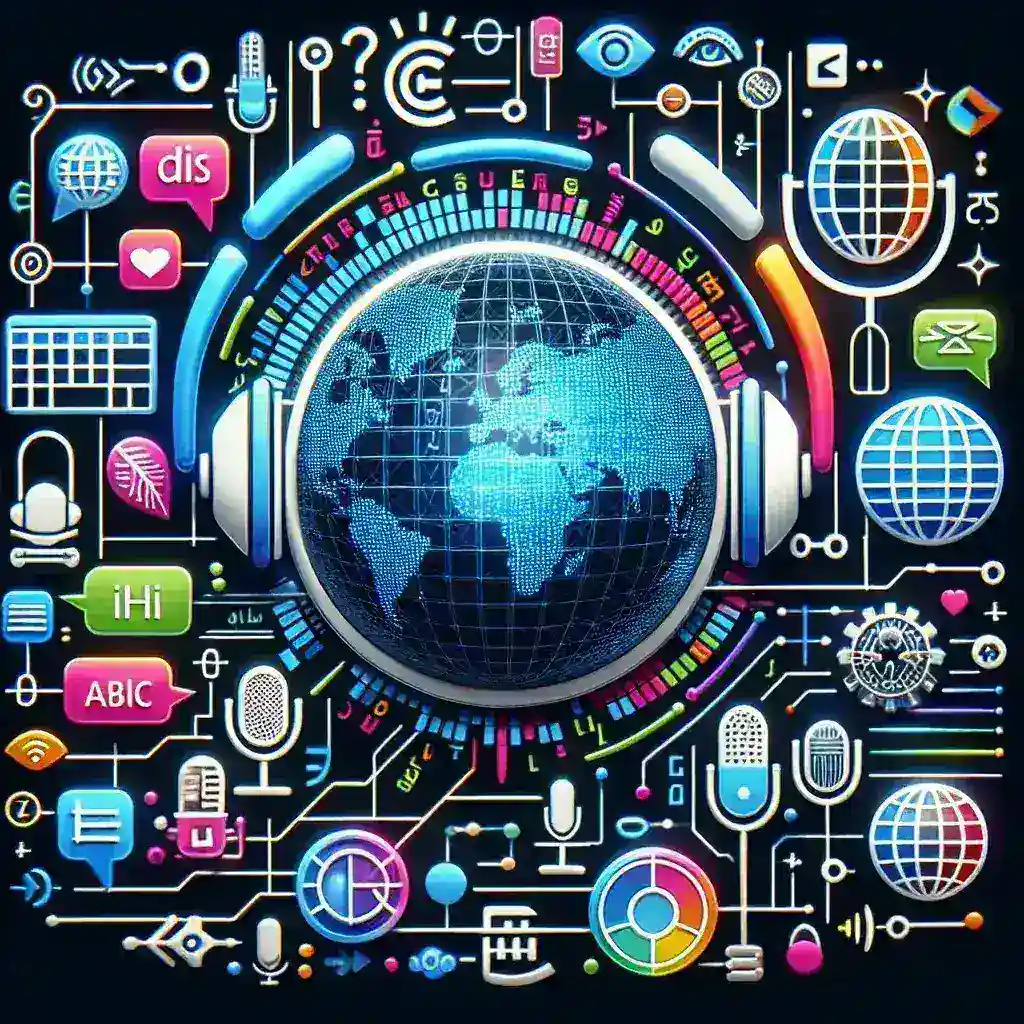The Evolution of Language Translation Technology
In recent years, artificial intelligence has dramatically transformed the landscape of real-time language translation, ushering in an era of unprecedented global communication. This technological revolution has made it possible for people worldwide to connect, collaborate, and understand each other instantly, regardless of language barriers.
Understanding AI-Powered Translation Systems
Modern AI translation systems utilize advanced technologies such as:
- Neural Machine Translation (NMT) – A deep learning approach that processes entire sentences rather than individual words
- Natural Language Processing (NLP) – Enables computers to understand and interpret human language naturally
- Machine Learning Algorithms – Continuously improve translation accuracy through pattern recognition and data analysis
Key Innovations in Real-Time Translation
1. Voice Recognition Integration
AI-powered translation systems now incorporate sophisticated voice recognition capabilities, allowing for instant speech-to-text conversion and translation. This breakthrough enables natural, flowing conversations between speakers of different languages in real-time.
2. Contextual Understanding
Modern AI translation tools can now grasp context, idioms, and cultural nuances, providing more accurate and culturally appropriate translations than ever before. This represents a significant improvement over traditional word-for-word translation methods.
3. Multi-Modal Translation
Advanced AI systems can now process and translate multiple forms of communication simultaneously, including:
- Spoken language
- Written text
- Sign language
- Visual content
Practical Applications and Impact
Business and Commerce
AI translation technology has revolutionized international business by:
- Facilitating real-time communication in global meetings
- Enabling instant translation of business documents
- Supporting multilingual customer service operations
- Streamlining international negotiations and partnerships
Education and Learning
The education sector has been transformed through:
- Instant translation of educational materials
- Support for international student collaboration
- Enhanced language learning tools
- Access to global educational resources
Healthcare and Medical Services
In healthcare, AI translation has proven invaluable for:
- Emergency medical situations requiring immediate communication
- Telemedicine services across language barriers
- Translation of medical documents and research
- Improving patient care for non-native speakers
Current Challenges and Future Developments
Existing Challenges
Despite significant progress, several challenges remain:
- Accuracy in highly specialized or technical fields
- Processing regional dialects and accents
- Handling rare languages and language pairs
- Privacy and security concerns
Future Prospects
The future of AI translation holds exciting possibilities, including:
- Enhanced emotional intelligence in translation
- Better handling of cultural context and nuances
- Improved accuracy for rare languages
- More sophisticated real-time visual translation
Impact on Global Communication
AI-powered translation is fundamentally changing how we communicate globally by:
- Breaking down language barriers in international cooperation
- Promoting cultural exchange and understanding
- Enabling global access to information and resources
- Facilitating international travel and tourism
Best Practices for Using AI Translation Tools
To maximize the benefits of AI translation, consider these best practices:
- Use context-specific translation tools for different purposes
- Verify critical communications with human translators
- Keep software and applications updated
- Provide clear input for better results
The Role of Human Translators in the AI Era
While AI has revolutionized translation, human translators remain vital for:
- Literary and creative translation
- Legal and sensitive document translation
- Cultural consultation and adaptation
- Quality assurance and verification
Conclusion
AI-powered real-time translation is revolutionizing global communication, breaking down language barriers, and creating new opportunities for international collaboration. As technology continues to evolve, we can expect even more sophisticated and accurate translation solutions that will further transform how we connect and communicate across languages and cultures.
Looking Ahead
The future of AI translation promises even greater advances, with potential developments in:
- Brain-computer interfaces for instant translation
- Augmented reality translation overlays
- Enhanced cultural context understanding
- More sophisticated emotion and tone translation

